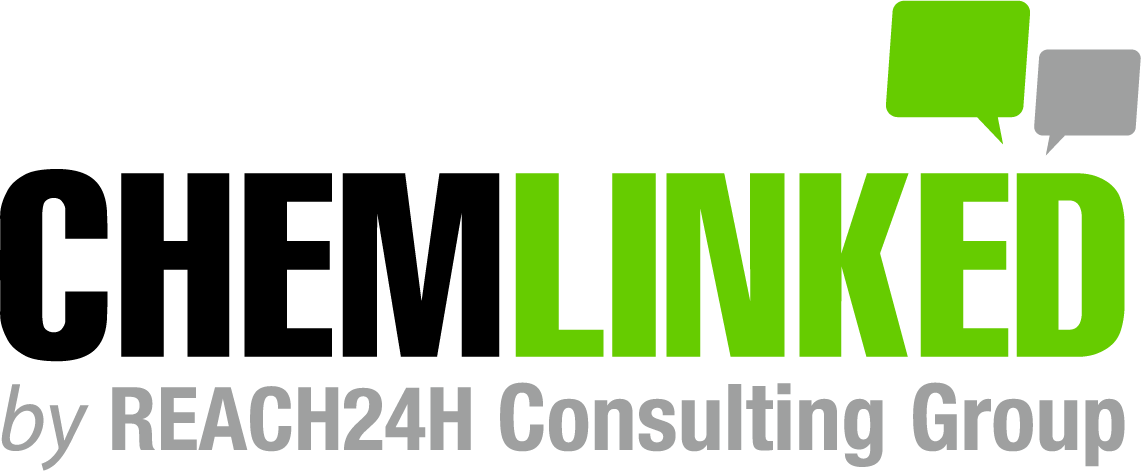On July 10, 2020, MFDS disclosed the amendments to Food Additive Code by Notice No. 2020-59. [1] The revised version came into effect immediately. The main changes are specified below:
1. The Amendments of Ingredient Standards
The following provisions are modified to keep aligned with the Food Code [2] and other international standards.
Ingredients | Previous standards | Revised standards |
1. Beeswax The CAS No. of yellow beeswax is added. | CAS No.: 8012-89-3 | CAS No.: 8012-89-3(백납, white beeswax) 8006-40-4(황납 yellow beeswax)
|
2. D-sorbitol Solution The concentration of D-sorbitol is modified in conformity with CODEX | Concentration: D-Sorbitol (C6H14O6 = 182.18): 67.0~73.0% | Concentration: D-Sorbitol (C6H14O6 = 182.18): more than 50.0% |
3. Sodium Saccharin Formulation The term "sodium chloride" is changed to "salt" in line with the food type under the Food Code. | Definition The formulation is diluted preparation mixed with the main ingredient of Sodium Saccharin (over 5%) and one of the following substances: glucose, starch, sodium bicarbonate, sodium chloride, or DL-Alanine, glycine, D-sorbitol, D-sorbitol Solution or L-monosodium glutamate. | Definition The formulation is diluted preparation mixed with the main ingredient of Sodium Saccharin (over 5%) and one of the following substances: glucose, starch, sodium bicarbonate, salt (excluding refined salt) or DL-Alanine, glycine, D-sorbitol, D-Sorbitol solution or L-monosodium glutamate. |
2. Modification of Test Methods
The test methods of additives are revised. The details are as below:
a. The high toxic reagents used in the component determination tests for “Disodium Glycyrrhizinate,” “Triacetin,” and “Oleoresin Paprika” are altered by low toxic reagents, such as replacing the benzene with ethyl ether, cyclohexane, etc.
b. The nitrogen determination method is approved to be used to analyze the protein, nitrogen, and other components for twenty-seven ingredients.
The twenty-seven ingredients include Guar Gum, Dextran, Locust Bean Gum, Lysozyme, Riboflavin 5'-Phosphate Sodium, Psyllium Seed Gum, Saffron Color, L-Cystine, Azodicarbonamide, Ammonium Phosphatides, Milt Protein, Xanthan Gum, Gellan Gum, Caramel Color, Carmine, Casein, Sodium Casein, Potassium Casein, Calcium Casein, Curdlan, Cochineal Extract, Tamarind Gum, Sodium Pantothenate, Calcium Pantothenate, ε-Polylysine, Pullulan, and Yeast Extract.
c. The requirements of test methods for "Dammar Gum" and "Caramel Color" different from the Food Code are changed.
d. The ambiguous provisions of test methods are clarified, such as adding the detailed test standard, replacing the mistakes in writing, etc.
3. Other Amendments
The propionic acid will be recognized as from natural source when its content in food is less than 0.10g/kg.
The food types permitted to use additives are updated in line with the food types stipulated in the Food Code.
ChemLinked Insights
The newly released revision of the Food Additive Code didn’t show significate changes this time. However, most of the amendments are to keep aligned with international standards, and we can find that MFDS commits to gearing Korean food standards to international conventions. These continuous updates on food regulations may bring benefits to overseas food companies and helps to export food to South Korea easier in the future.





 We provide full-scale global food market entry services (including product registration, ingredient review, regulatory consultation, customized training, market research, branding strategy). Please contact us to discuss how we can help you by
We provide full-scale global food market entry services (including product registration, ingredient review, regulatory consultation, customized training, market research, branding strategy). Please contact us to discuss how we can help you by 










